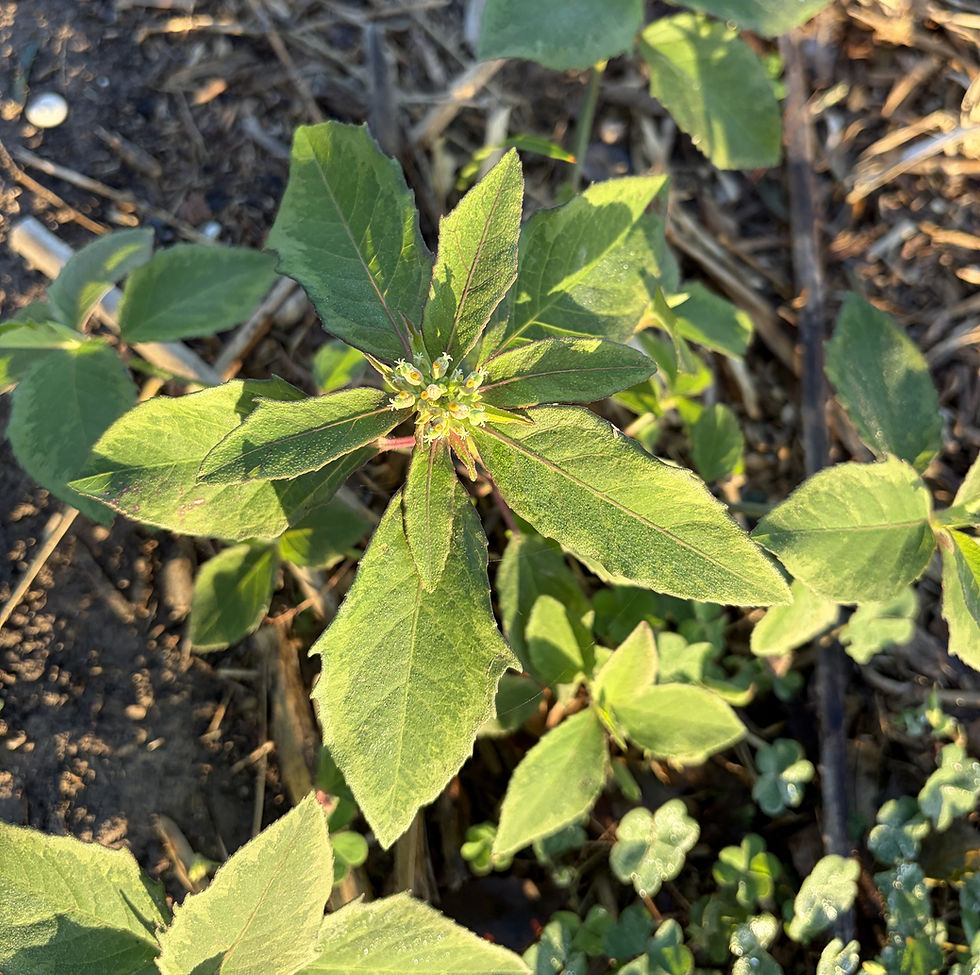Take time to admire fall's showy native vines
- jjvanm
- Aug 6, 2025
- 3 min read

Story and photos by Anita Westervelt, Texas Master Naturalist
The end of summer often presents itself with displays of blooms, decorating fences along vacant lots and country roads where vines take advantage of free range.
One such sight is a messy mass of cloudy-looking fluff that is the seed producing stage of a native vine called old man’s beard, Clematis drmmondii. It also is known as love-in-the-mist, goat’s beard and barbas de chivato.

During spring and summer, the flowers are somewhat insignificant, and the small, lobed leaflets are more prominent. The leaflets are an important food to white-tailed deer and occasionally, Rio Grande turkeys and cattle.

Old Man’s Beard is found in south-central Texas and the southwestern states and into northern Mexico. Late summer is when the female flowers begin to form fruits. Silvery tendrils flow from the center of the flower and will serve as the vehicle to carry seeds in the wind, once they are mature. The flowers in this stage of the plant’s life give the plant its old man and goat’s beard names.
The older the plant, the larger its mass; it self-propagates readily from seed. The vines tolerate moisture as well as drought, assuring an annual show even in the driest of years.

Another annual late summer sight has greeted me for years when I exit a certain parking lot when doing errands. This year, determined to photograph it, I pulled into a disused drive and was surprised to find it wasn’t a hearty specimen of old man’s beard. Close up, I realized it was much too neat to be as I thought. The vine was covered in the uniform shapely spheres of climbing milkweed, Funastrum cynanchoides.
A native vine that can seemingly devour a fence, climbing milkweed produces many dense flower heads called umbels, with star-like flowers in hues of pink, purple, white and sometimes giving off an essence of green. The blooms attract butterflies and other insects to its nectar. The stems contain milky sap, apparent when crushed or snapped. The leaves are shaped like arrowheads.

The fruits of climbing milkweed are fun: teardrop-shaped pods hang from the tangled vines like green ornaments. They are filled with silky white hairs with seeds attached. When ripe, the pod splits open along one side and the silks push out and are taken by the wind to drift like miniature helicopters dispersing the seeds.

Although monarch butterflies use milkweed plants as larval food hosts, queen butterflies rather than monarchs are generally associated with this milkweed species for a host plant.
Like most vines here in the Valley, old man’s beard and climbing milkweed don’t mind what they climb over. Vines are an important addition to our native habitat. They can travel over ground, covering other vegetation, fallen trees and debris where they provide a cool shelter for snakes, lizards, ground-nesting birds and other critters.
Above ground on shrubs and fences, native vines are a hive of activity, their blooms provide nectar and pollen and their dense growth hides insects and provides a hunting ground for birds, lizards and other critters.
- 30 -
Published in the McAllen Monitor, October 7, 2023





